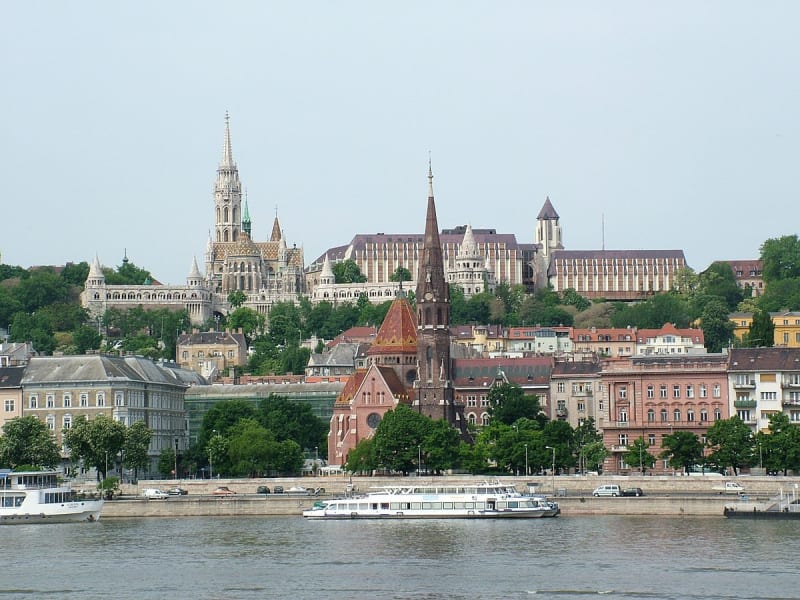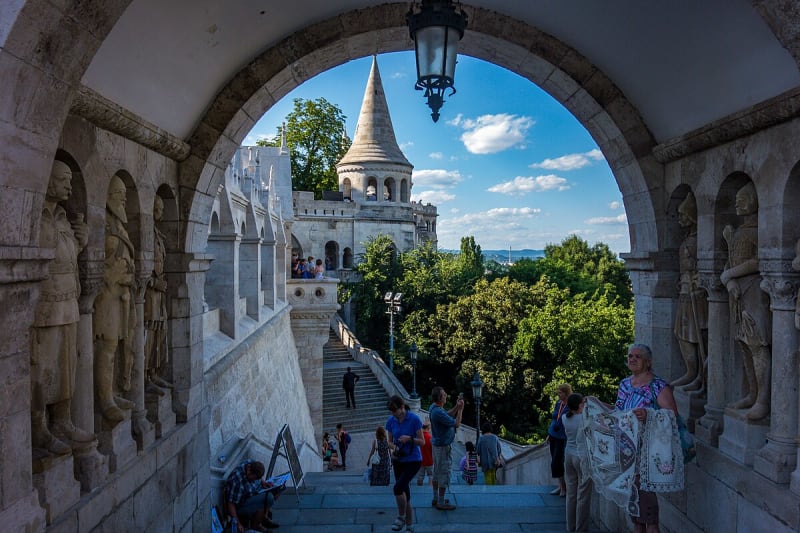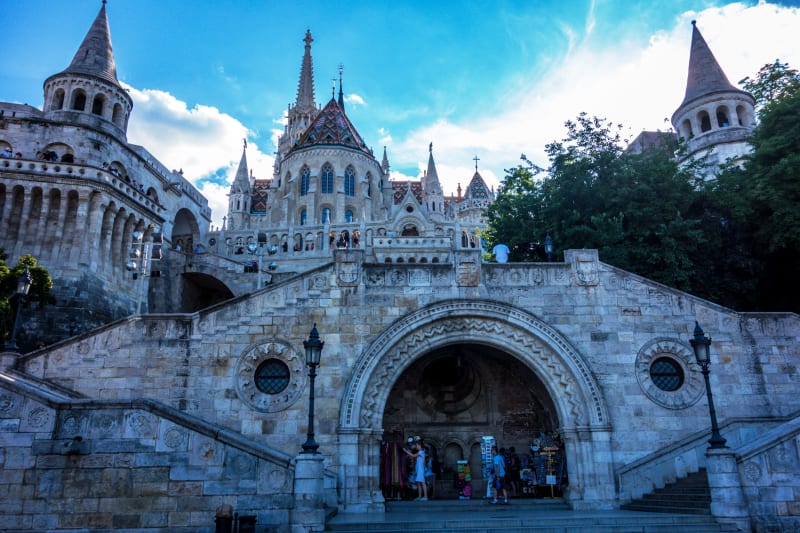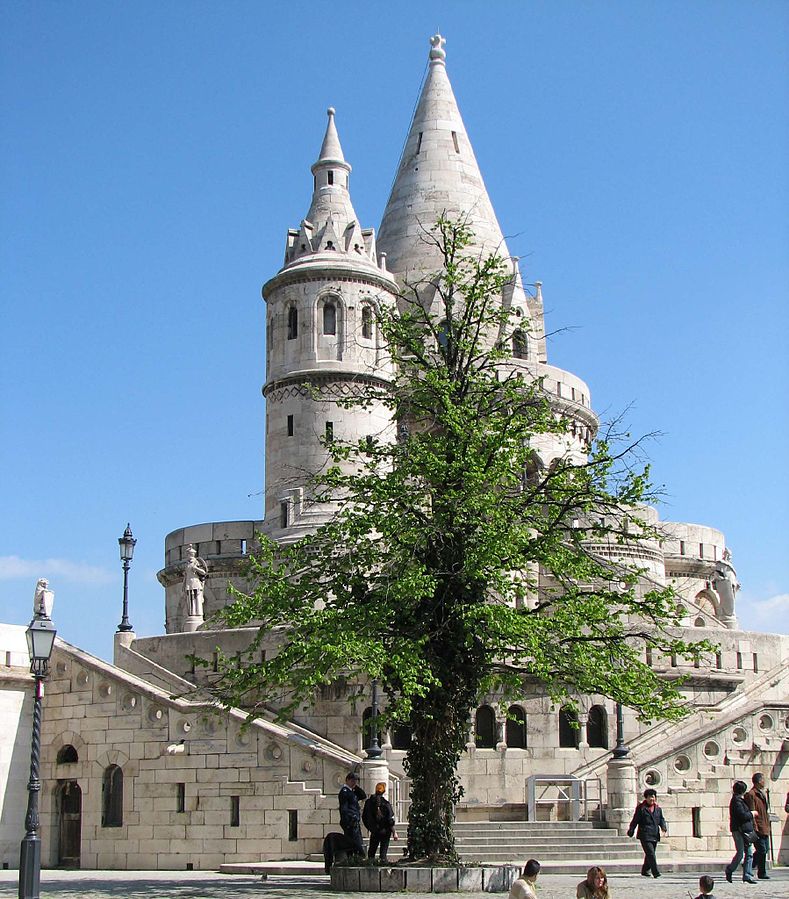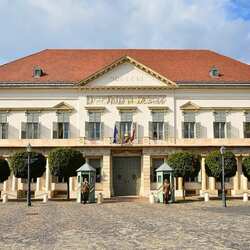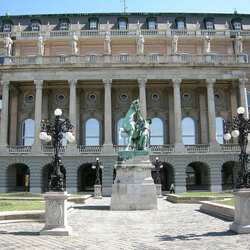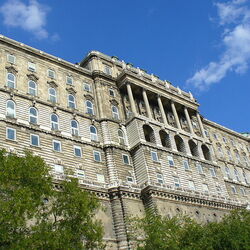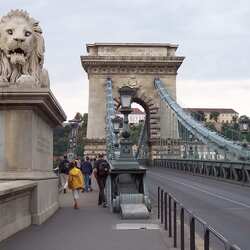Fisherman's Bastion
The Fisherman's Bastion is one of the most famous monuments in Budapest, located near Buda Castle. It has a weak attitude towards fishermen and does not perform a defensive function like a real bastion, but it is one of the most important attractions in the country.
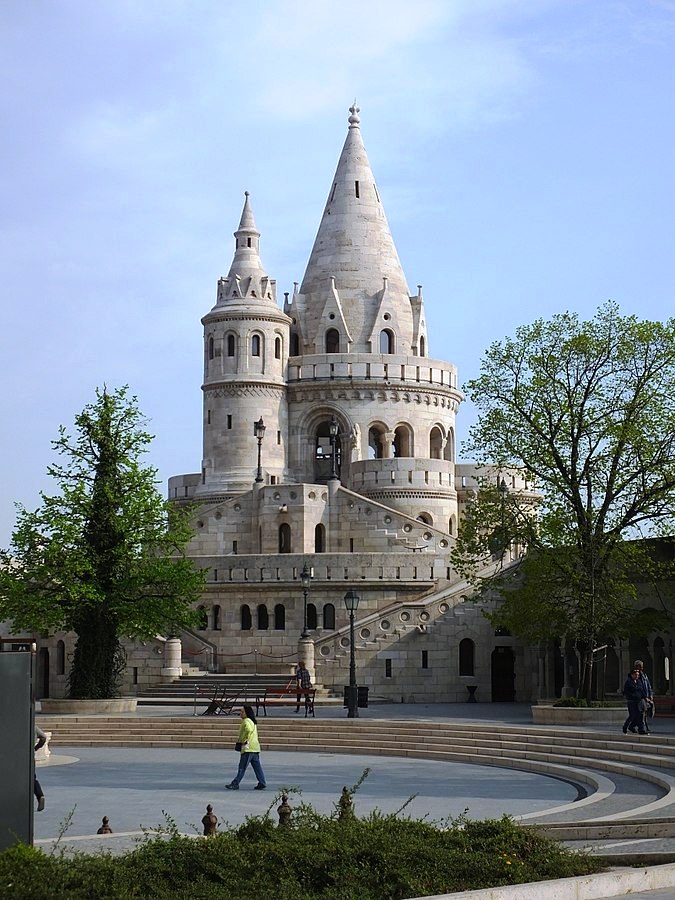
The history of the Fishing Bastion
In place of the bastion, there used to be a city shopping mall, surrounded by a fortress wall around the perimeter. Fish was also sold on the square, and fishermen promised to preserve part of the fortress wall, along which there were shopping malls. In honor of these fishermen, the bastion was named Rybatsky.
The rulers of the city of Buda lived not far from the Fishing Bastion, and today there is a historical complex here, of which the Matthias Catholic Church is a part. The bastion was built specifically for the church to support its architectural style, fit into the panorama of the city, and become a worthy backdrop for a 13th-century historical monument.
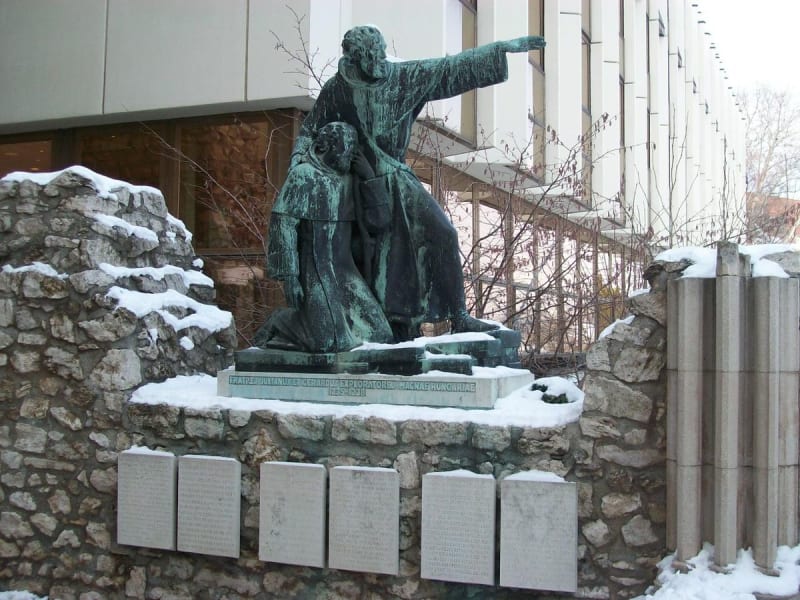
The bastion is 140 meters long, 8 meters wide, and consists of 7 towers. The central one is the largest in size. The towers are symbols of the united tribes that later became the Hungarian state. During the Second World War, the Fisherman's Bastion was badly damaged, and it was thoroughly reconstructed. It is noteworthy that it was restored by Janos Shulek, the son of the architect who created this building. Reconstruction work was also carried out here in the 80s, some parts of the bastion walls were damaged by time.
Fishing Bastion Attractions
A monument to the first Hungarian king, Saint Stephen, has been erected on bastion Square. The ruler sits on a horse. The sculptural composition is placed on a majestic pedestal decorated with scenes from the life of the saint.
St. Matthias Church is another notable landmark near the bastion. The first church on this site was founded at the beginning of the 11th century, but it was severely damaged during the Tatar-Mongol invasion. A little later, a new temple was built on the same site, and in the 16th century the Turks turned it into a Muslim mosque. At the end of the 19th century, the church received its current appearance, it was reconstructed in the Neo-Gothic style. The church received the name of St. Matthias in the 15th century, during the reign of this great Hungarian king. During his lifetime, a bell tower was completed here, and he himself was married here twice, when the church was dedicated to the Virgin Mary. Not far from the Fisherman's Bastion is the Buda Fortress, another masterpiece of Gothic architecture, today it is the historical and cultural center of Budapest. The Fisherman's Bastion is rightly considered one of the most popular places in the city, offering beautiful views of the Danube and its opposite shore.
